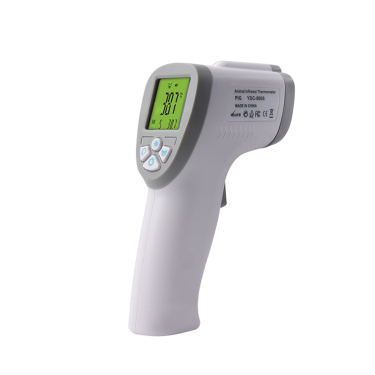
# Dog Thermometer: Essential Tool for Monitoring Your Pet’s Health
## Why Every Dog Owner Needs a Thermometer
As a responsible pet owner, monitoring your dog’s health should be a top priority. One of the most fundamental tools in your pet care arsenal should be a reliable dog thermometer. Unlike humans who can verbally communicate their discomfort, dogs rely on us to notice subtle changes in their behavior and physical condition.
A dog’s normal body temperature ranges between 101°F and 102.5°F (38.3°C to 39.2°C), which is slightly higher than human body temperature. When this temperature rises above 103°F (39.4°C) or drops below 99°F (37.2°C), it could indicate serious health issues that require immediate attention.
## Types of Dog Thermometers Available
Modern pet care has introduced several types of thermometers specifically designed for dogs:
– Rectal thermometers: The most accurate method for measuring core body temperature
– Ear thermometers: Quick and less invasive, but slightly less accurate
– Non-contact infrared thermometers: Measure temperature from a distance
– Flexible tip thermometers: Designed for safer rectal measurements
Each type has its advantages and limitations, and your choice should depend on your dog’s temperament and your comfort level with the measurement process.
## How to Properly Use a Dog Thermometer
Using a dog thermometer correctly is crucial for obtaining accurate readings:
1. For rectal thermometers: Lubricate the tip with petroleum jelly, gently lift your dog’s tail, and insert about 1 inch into the rectum. Hold it in place for about 60 seconds or until it beeps if digital.
2. For ear thermometers: Gently pull the ear flap upward to straighten the ear canal, then insert the thermometer probe into the horizontal ear canal. Press the button and wait for the reading.
3. For infrared thermometers: Hold the device about 1-2 inches from your dog’s inner ear or other recommended area and press the measurement button.
Always clean the thermometer before and after use with alcohol wipes to prevent the spread of bacteria.
## When to Check Your Dog’s Temperature
Regular temperature checks aren’t necessary for healthy dogs, but you should monitor it when you notice:
– Lethargy or unusual tiredness
– Loss of appetite
– Shivering or panting excessively
– Vomiting or diarrhea
– Before and after vaccinations
– During hot weather or after intense exercise
Remember that stress or excitement can temporarily elevate your dog’s temperature, so try to take measurements when your pet is calm and relaxed.
## Choosing the Right Dog Thermometer
When selecting a dog thermometer, consider these factors:
– Accuracy: Look for clinical-grade accuracy (±0.2°F)
– Speed: Digital models provide faster readings
– Safety: Flexible tips reduce risk of injury
– Ease of cleaning: Waterproof models are preferable
Keyword: dog thermometer
– Memory function: Helpful for tracking temperature trends
– Backlight display: Useful for nighttime readings
Investing in a quality dog thermometer can help you catch health issues early, potentially saving your pet’s life and reducing veterinary costs in the long run.